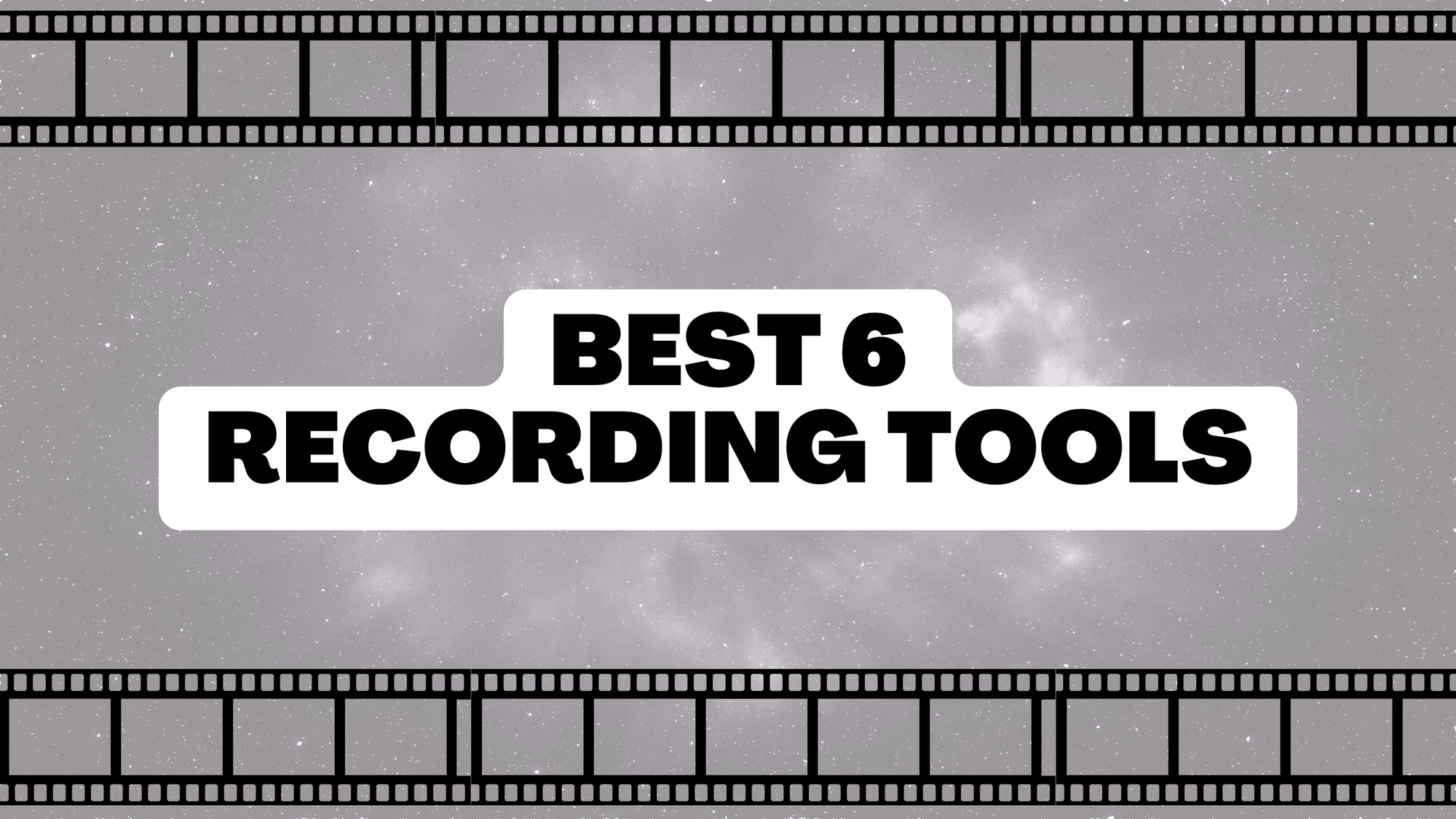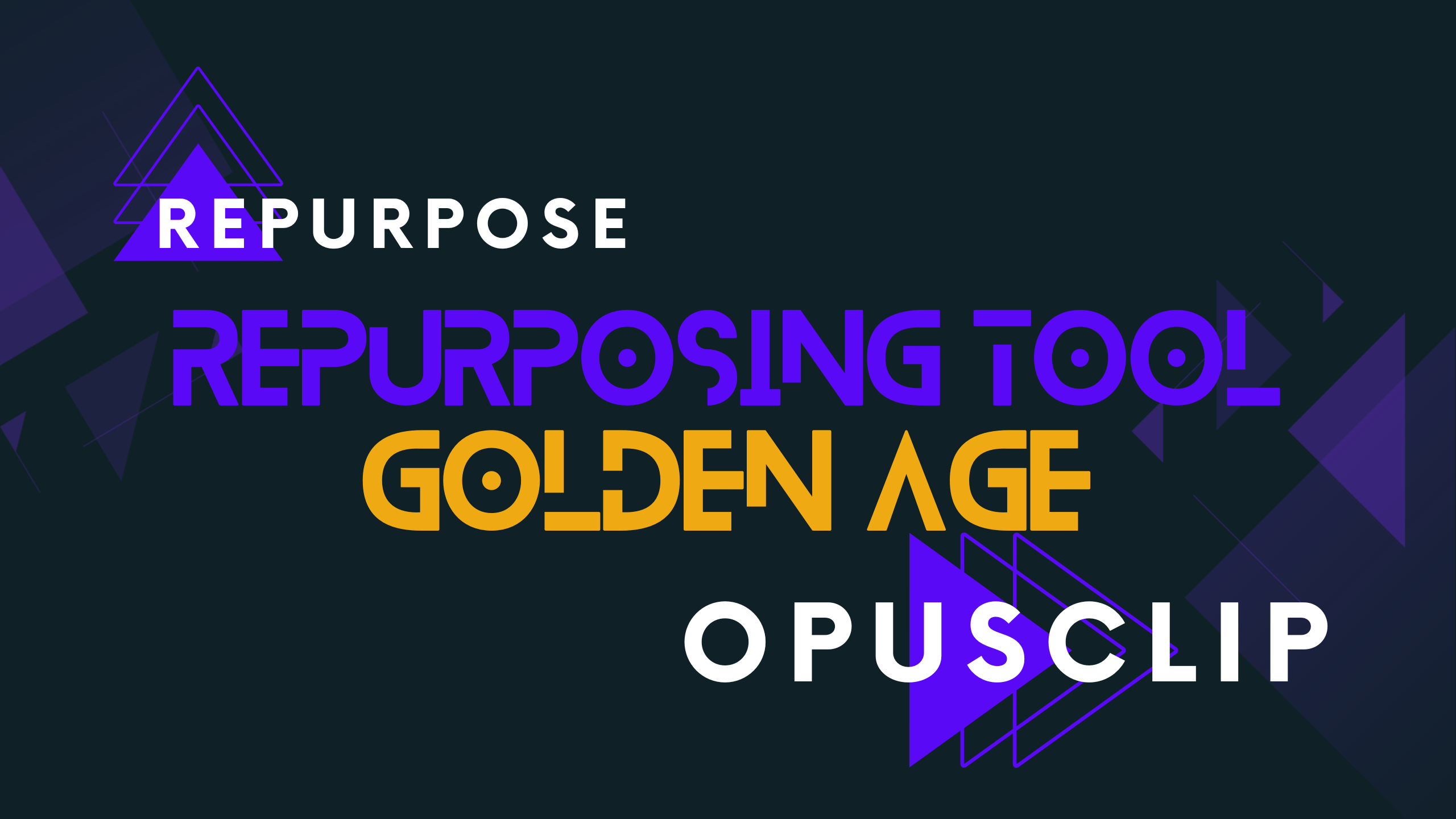Now you're here to learn to swim, obviously, but the point of learning in this manner is so that you can pick it up quicker. I've always been a progress type of teacher, where I am obsessed with helping you make progress.
One time I taught a student for 45 minutes, and they were not having it. Just in a bad mood that day, and didn't want to try. The parent of the younger kid asked me if I wanted to keep going or stop, and I can't explain my gut intuition in this but I said keep going. In that last fifteen minutes we managed to hit a breakthrough, and the student actually got really excited to learn. We only managed about 1% of progress, but still was worth it.
The reason why it took that long, and why we still made progress at all is because of my ethos when teaching.
Philosophy - Psychology - Physics
Why + Philosophy:
Now it generally doesn't matter which one I start from, but for a lot of people they want to know WHY they are doing something. You want to know why you are going to read this newsletter, why we hold off on breathing to work on form, or why we do the form in a certain way.
That usually is something that comes up a lot in the beginning as I am gaining your trust. It also leads into the other P's of swimming pretty well too.
In fact it is why I start out these newsletter issues with the WHY first.
How + Physics:
In other cases people may not care about why, they may not have fear, and they literally just need to know the steps for optimal swimming. Sometimes that has to do with the logical vs emotional thinkers, or just they need to be as quick as possible for a triathlon, etc.
I get really excited to teach the physics aspects because it is generally the quickest progress gain, as long as the student is receptive to the information (open mind, empty cup).
Half the time someone has a fear or some sort of psychology block, it can be overcame by learning the physical dynamics. Such as learning to hold your breathe properly, or being able to kick swiftly (some people struggle with the consistent kicking for example).
What + Psychology:
To me it is more than just the people who are fearful, the psychology of a swimmer is a roller coaster. You have moments of zen and clarity, and other moments of panic or fear. Even in the greatest of swimmers!
Every single time you swim you are a different person. Your body may not be fueled well from your meals that day, you could be stressing out about something in life, you may not have practiced recently so you have to relearn a bit, or something of the sort. In any of those cases you will have to remind yourself to bring your mind back into the present moment.
A very meditative sort of mentality, which allows you to focus on the physics of movement, and then in the long run the philosophy over time.
The Three P's of Swimming
This all comes together into what I simply refer to as the three P's, not to be confused with the "Three Simple Steps to Swimming"! haha
I created this holistic system because every student has a main "P" they start from, but in every lesson there is a minor "p" to account for as well. Such as stress from life causing you to panic more when swimming because you are distracted for example. As a teacher I can recognize what you are feeling, and discuss with you as well. From there I change the lesson to best tackle what "P" you are facing as a whole and in that lesson.
However with this digital type of learning I can't be there to tell which one you are facing, and so I encourage you to try and think about it when you are practicing. What "P" is causing me the most trouble right now, and how can I progress past it?
A quick side note here at the end, this system became the basis of not only how I teach all of my swim lessons, but also the system behind my upcoming How to Swim book of the same name (of this issue).
Each of the upcoming newsletters follows another part of the book's ethos and content within. Meaning if you follow along each week you are essentially getting the book for free over time. :)
Disclaimer:
This is advice for people to level up their swimming, or perhaps get started in the first place. While you swim you should make sure you are doing so in a public facility with a lifeguard on duty for safety.
![Official Website for Dustin Miller PolyInnovator [LLC]](https://polyinnovator.space/content/images/2025/03/polyinnovator-logo-2024.png)

![4 - [Overview] The Philosophy and Hydrodynamics of Swimming](/content/images/2022/06/4.png)









